Awareness campaign for plan to dump radioactive water into ocean lands creators in hot water.
nuclear power
Video released on same day approval is granted for waste water project at Fukushima nuclear power plant.
Sensors were installed last spring at Reactor 3 building, registered no shaking in this month’s 7.1-magnitude quake.
You may have heard that legendary Japanese novelist Haruki Murakami runs a blog where he answers questions sent in by readers. He’s tackled subjects ranging from the meaning of life to how to become a writer to what animal ability he’d like to have.
In one of his most recent questions, Murakami gives his opinion on a very touchy subject in Japan: nuclear power. Instead of calling out for reform or regulations though, he suggests one very simple change: that Japanese people refer to what they currently call “atomic energy power plants” as “nuclear power plants” instead.
In the midst of a severe heat wave, South Korea is facing a terrible energy crisis. And so, in an effort to save power, the government has taken the step of prohibiting the use of air conditioners – the very devices that few of us would ever dream of going without at this time of year – in public buildings for a number of days.
South Korea’s nuclear power industry, ranking fifth in the world in terms of generating capacity at 20,739 megawatts, continues to be rocked by scandal and misconduct. Currently nine of the country’s 23 plants are offline, meaning the supply capacity situation is the worst the country has ever experienced. Though Japan’s power supply is also in a precarious state with only 2 of its 50 nuclear plants operating, the situation in South Korea is said to be much more severe, and many fear power outages such as those experienced in September 2011 will recur.
Two years after Japan’s great earthquake and the Daiichi nuclear diaster comes a documentary that tells of the citizens who still can’t return home to Iitate Village in Fukushima due to the high levels of radiation.
Over at our sister site, Pouch, film critic Kaori Saito was given the opportunity to check out the film production of “Iitate Village, the Problem of Radiation and Returning Home” (in Japanese “Iitate-mura hoshano to kison”) before it was released to the Japanese public on May 4. Kaori comments that the work deserves particular credit for its delicate treatment of the continuing problem of radiation and the depiction of the struggles of the inhabitants affected.
For the readers who are unfamiliar with Iitate, it is a village that is located 30 kilometers from Fukushima Daiichi nuclear power plant within the prefecture of Fukushima. While it is reasonable to believe that the level of radioactive contamination would be comparatively low for an area this far from the power plant, due to the strong winds, snow and rain that occurred directly following the disaster, the actual levels of contamination far exceeded original estimates. For Japan and Iitate Village, unprecedented levels of radiation poured down, making the land uninhabitable and thus leaving the former residents no alternative but to abandon their village and seek refuge elsewhere.
Read More
It as been reported that engineers at Japan’s fast breeder reactor plant Monju made a mistake during testing of the plant’s emergency power generator, which subsequently resulted in the release of black smoke and the ringing of the plant’s fire alarm.
It has come to light that the Japanese government’s Fukushima Daiichi cleanup plan is failing due to problems concerning counterfeit contracts. The government is now left reassessing its human resource strategy and considering how to effectively secure the number of employees required to carry out the work. As it presently stands, more than half of the laborers employed at the nuclear site are suspected of being involved in counterfeit contract work.
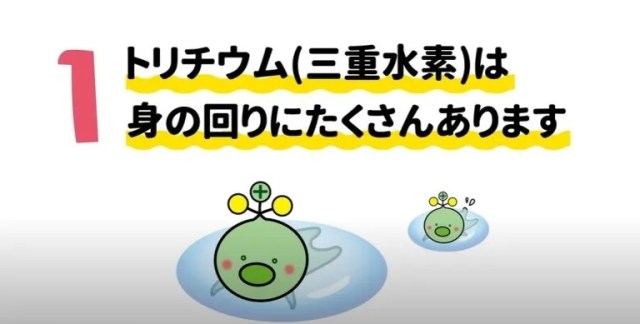
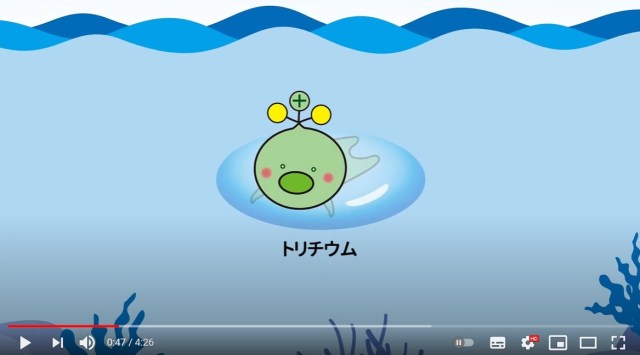

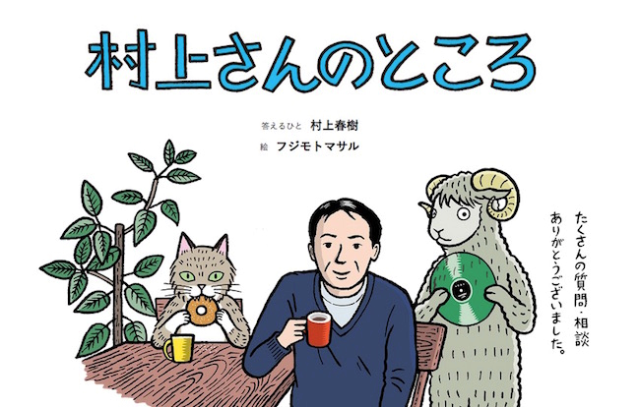
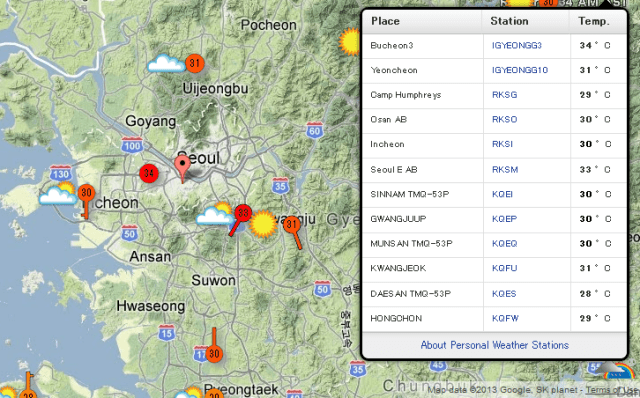

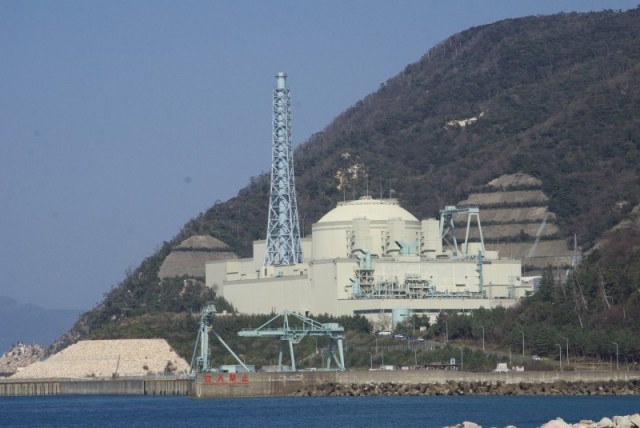

 Red light district sushi restaurant in Tokyo shows us just how wrong we were about it
Red light district sushi restaurant in Tokyo shows us just how wrong we were about it Wendy’s releases a Pretzel Roast Beef Burger aimed at foreign tourists in Japan
Wendy’s releases a Pretzel Roast Beef Burger aimed at foreign tourists in Japan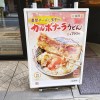 Limited-edition Carbonara Udon will anger noodle purists and pasta lovers 【Taste test】
Limited-edition Carbonara Udon will anger noodle purists and pasta lovers 【Taste test】 Japan’s massive matcha parfait weighs 6 kilos, contains hidden surprises for anyone who eats it
Japan’s massive matcha parfait weighs 6 kilos, contains hidden surprises for anyone who eats it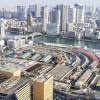 Tokyo Tsukiji fish market site to be redeveloped with 50,000-seat stadium, hotel, shopping center
Tokyo Tsukiji fish market site to be redeveloped with 50,000-seat stadium, hotel, shopping center Haku is…Chihiro’s dead brother? Studio Ghibli fans blown away by Spirited Away theory
Haku is…Chihiro’s dead brother? Studio Ghibli fans blown away by Spirited Away theory Pokémon Sleep camping suite and guestrooms coming to Tokyo Hyatt along with giant Snorlax burgers
Pokémon Sleep camping suite and guestrooms coming to Tokyo Hyatt along with giant Snorlax burgers Beautiful Ghibli sealing wax kits let you create accessories and elegant letter decorations【Pics】
Beautiful Ghibli sealing wax kits let you create accessories and elegant letter decorations【Pics】 McDonald’s new Happy Meals offer up cute and practical Sanrio lifestyle goods
McDonald’s new Happy Meals offer up cute and practical Sanrio lifestyle goods Sakura tree falls on man at Sannenzaka near Kiyomizu temple in Kyoto 【Breaking News】
Sakura tree falls on man at Sannenzaka near Kiyomizu temple in Kyoto 【Breaking News】 Japanese ramen restaurants under pressure from new yen banknotes
Japanese ramen restaurants under pressure from new yen banknotes All-you-can-drink Starbucks and amazing views part of Tokyo’s new 170 meter-high sky lounge
All-you-can-drink Starbucks and amazing views part of Tokyo’s new 170 meter-high sky lounge French Fries Bread in Tokyo’s Shibuya becomes a hit on social media
French Fries Bread in Tokyo’s Shibuya becomes a hit on social media Studio Ghibli releases new action figures featuring Nausicaä of the Valley of the Wind characters
Studio Ghibli releases new action figures featuring Nausicaä of the Valley of the Wind characters New private rooms on Tokaido Shinkansen change the way we travel from Tokyo to Kyoto
New private rooms on Tokaido Shinkansen change the way we travel from Tokyo to Kyoto Studio Ghibli glasses cases let anime characters keep an eye on your spectacles
Studio Ghibli glasses cases let anime characters keep an eye on your spectacles Studio Ghibli releases Kiki’s Delivery Service chocolate cake pouches in Japan
Studio Ghibli releases Kiki’s Delivery Service chocolate cake pouches in Japan New definition of “Japanese whiskey” goes into effect to prevent fakes from fooling overseas buyers
New definition of “Japanese whiskey” goes into effect to prevent fakes from fooling overseas buyers Our Japanese reporter visits Costco in the U.S., finds super American and very Japanese things
Our Japanese reporter visits Costco in the U.S., finds super American and very Japanese things Studio Ghibli unveils Mother’s Day gift set that captures the love in My Neighbour Totoro
Studio Ghibli unveils Mother’s Day gift set that captures the love in My Neighbour Totoro New Japanese KitKat flavour stars Sanrio characters, including Hello Kitty
New Japanese KitKat flavour stars Sanrio characters, including Hello Kitty More foreign tourists than ever before in history visited Japan last month
More foreign tourists than ever before in history visited Japan last month New Pokémon cakes let you eat your way through Pikachu and all the Eevee evolutions
New Pokémon cakes let you eat your way through Pikachu and all the Eevee evolutions Sales of Japan’s most convenient train ticket/shopping payment cards suspended indefinitely
Sales of Japan’s most convenient train ticket/shopping payment cards suspended indefinitely Sold-out Studio Ghibli desktop humidifiers are back so Totoro can help you through the dry season
Sold-out Studio Ghibli desktop humidifiers are back so Totoro can help you through the dry season Japanese government to make first change to romanization spelling rules since the 1950s
Japanese government to make first change to romanization spelling rules since the 1950s Ghibli founders Toshio Suzuki and Hayao Miyazaki contribute to Japanese whisky Totoro label design
Ghibli founders Toshio Suzuki and Hayao Miyazaki contribute to Japanese whisky Totoro label design Doraemon found buried at sea as scene from 1993 anime becomes real life【Photos】
Doraemon found buried at sea as scene from 1993 anime becomes real life【Photos】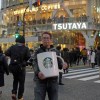 Tokyo’s most famous Starbucks is closed
Tokyo’s most famous Starbucks is closed One Piece characters’ nationalities revealed, but fans have mixed opinions
One Piece characters’ nationalities revealed, but fans have mixed opinions We asked a Uniqlo employee what four things we should buy and their suggestions didn’t disappoint
We asked a Uniqlo employee what four things we should buy and their suggestions didn’t disappoint Princesses, fruits, and blacksmiths: Study reveals the 30 most unusual family names in Japan
Princesses, fruits, and blacksmiths: Study reveals the 30 most unusual family names in Japan Haku is…Chihiro’s dead brother? Studio Ghibli fans blown away by Spirited Away theory
Haku is…Chihiro’s dead brother? Studio Ghibli fans blown away by Spirited Away theory Pokémon Sleep camping suite and guestrooms coming to Tokyo Hyatt along with giant Snorlax burgers
Pokémon Sleep camping suite and guestrooms coming to Tokyo Hyatt along with giant Snorlax burgers Beautiful Ghibli sealing wax kits let you create accessories and elegant letter decorations【Pics】
Beautiful Ghibli sealing wax kits let you create accessories and elegant letter decorations【Pics】 McDonald’s new Happy Meals offer up cute and practical Sanrio lifestyle goods
McDonald’s new Happy Meals offer up cute and practical Sanrio lifestyle goods Sakura tree falls on man at Sannenzaka near Kiyomizu temple in Kyoto 【Breaking News】
Sakura tree falls on man at Sannenzaka near Kiyomizu temple in Kyoto 【Breaking News】 Historical figures get manga makeovers from artists of Spy x Family, My Hero Academia and more
Historical figures get manga makeovers from artists of Spy x Family, My Hero Academia and more Japanese prison will become luxury hotel managed by country’s premier resort company
Japanese prison will become luxury hotel managed by country’s premier resort company Anime girl English teacher Ellen-sensei becomes VTuber/VVTUber and NFT
Anime girl English teacher Ellen-sensei becomes VTuber/VVTUber and NFT We tried Korea’s way-too-big King Tonkatsu Burger at Lotteria 【Taste Test】
We tried Korea’s way-too-big King Tonkatsu Burger at Lotteria 【Taste Test】 We eat hoya sea squirts out of a can, enjoy a tasty regional delicacy from the comfort of home
We eat hoya sea squirts out of a can, enjoy a tasty regional delicacy from the comfort of home French Fries Bread in Tokyo’s Shibuya becomes a hit on social media
French Fries Bread in Tokyo’s Shibuya becomes a hit on social media Sailor Moon fails to take the top spot in Japan’s giant Sailor Moon anime popularity poll
Sailor Moon fails to take the top spot in Japan’s giant Sailor Moon anime popularity poll Cosplay in front of explosions and flames at the upcoming fiery Baku Festival
Cosplay in front of explosions and flames at the upcoming fiery Baku Festival 12 beautiful Japanese train stations by the sea
12 beautiful Japanese train stations by the sea